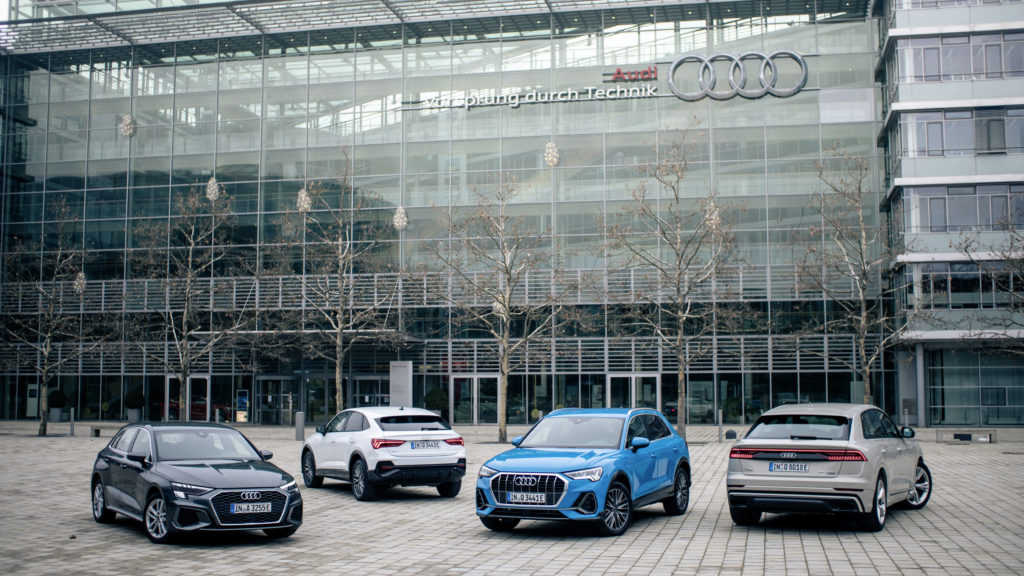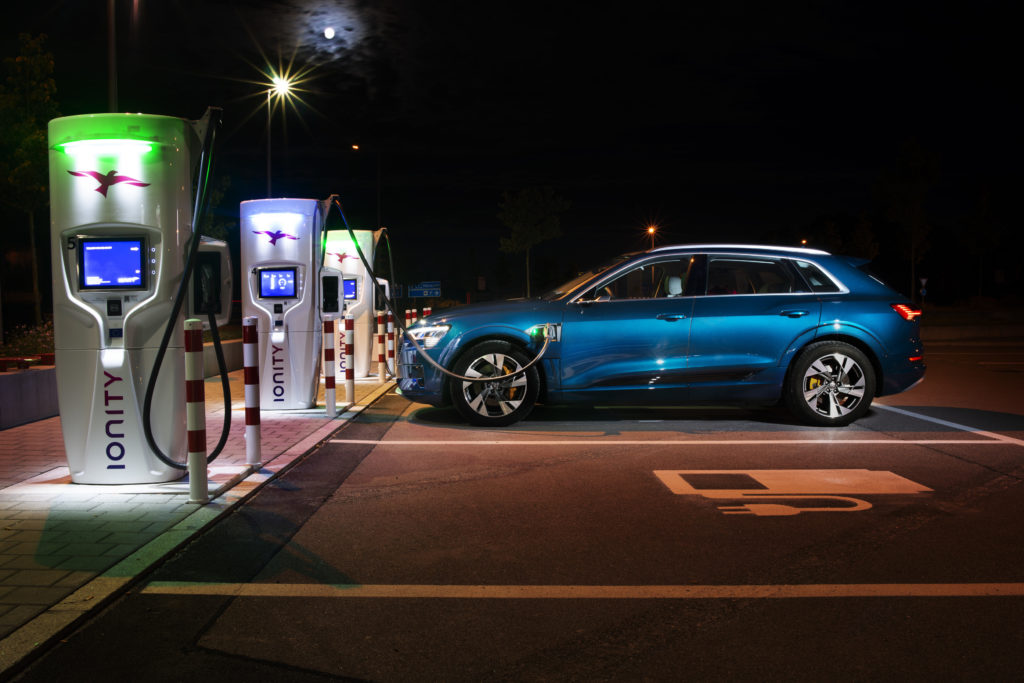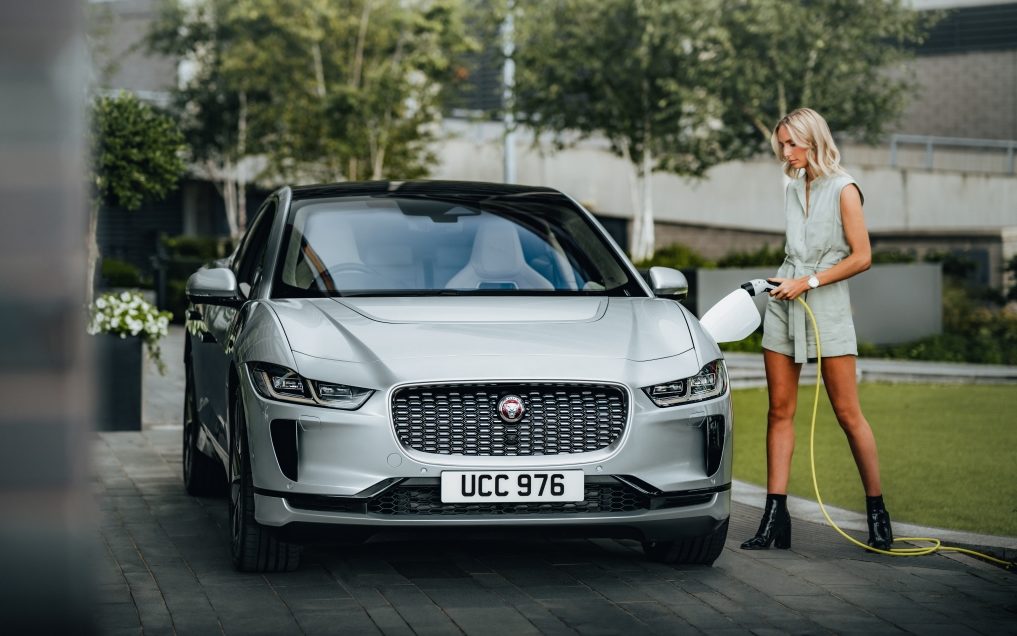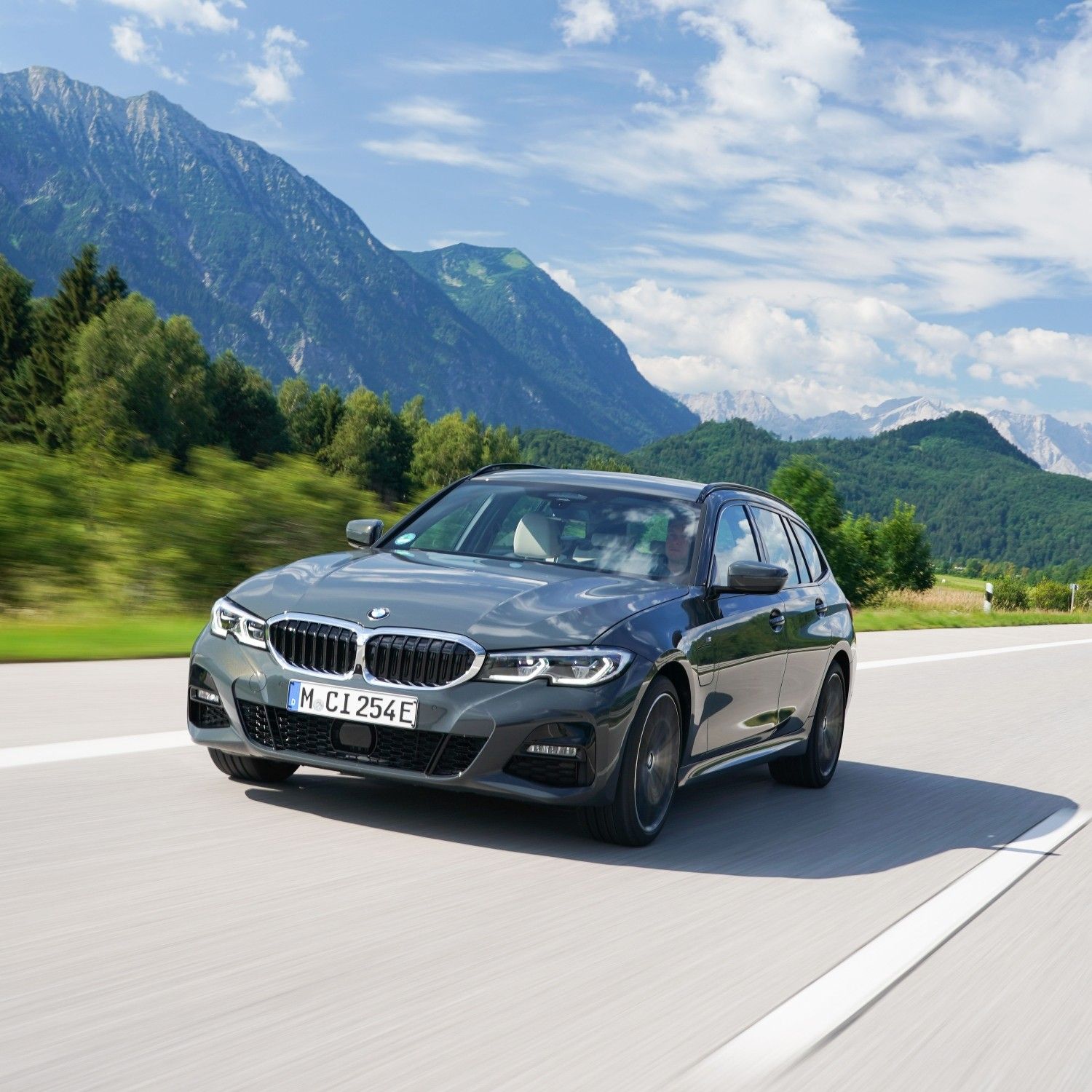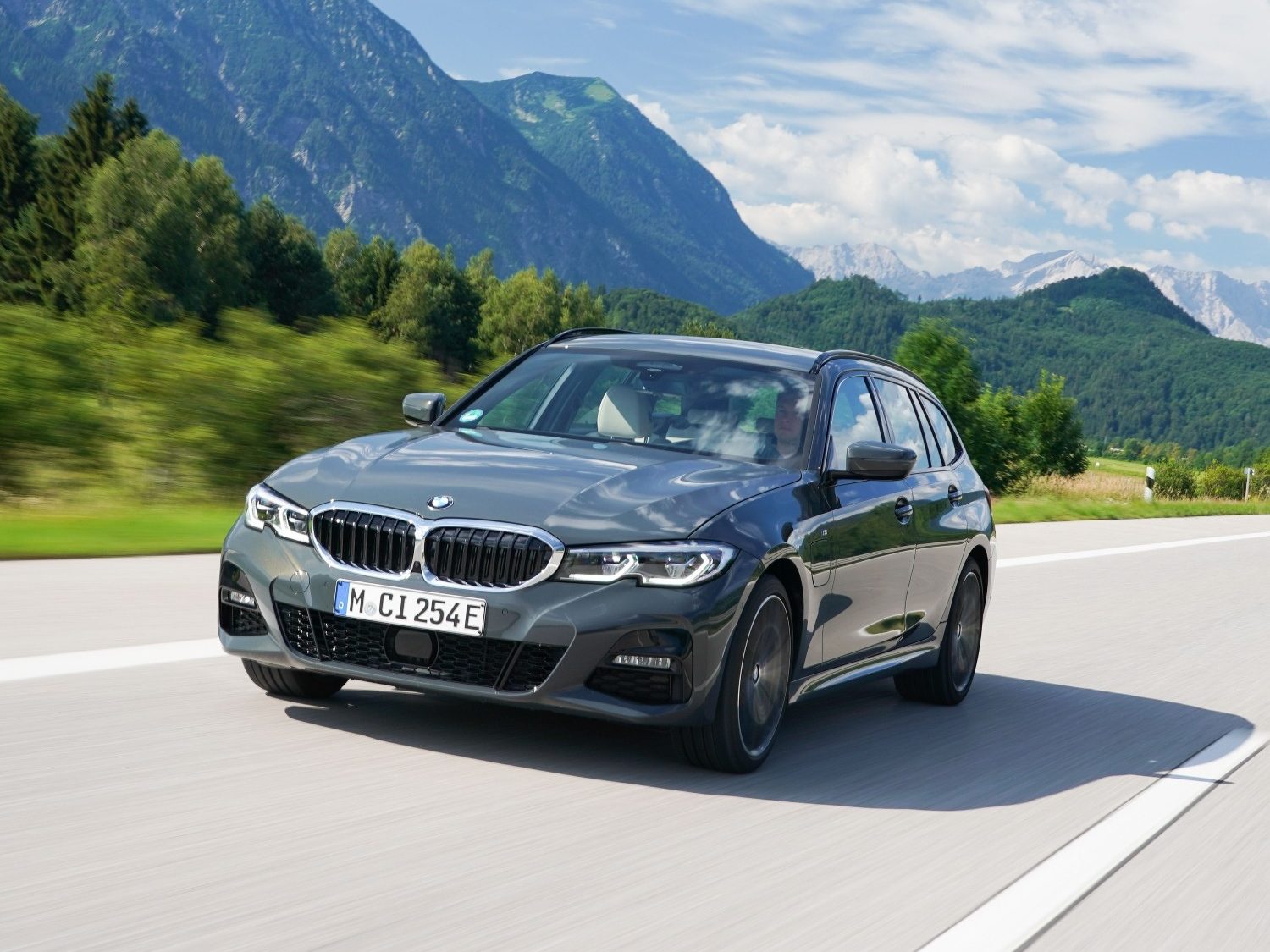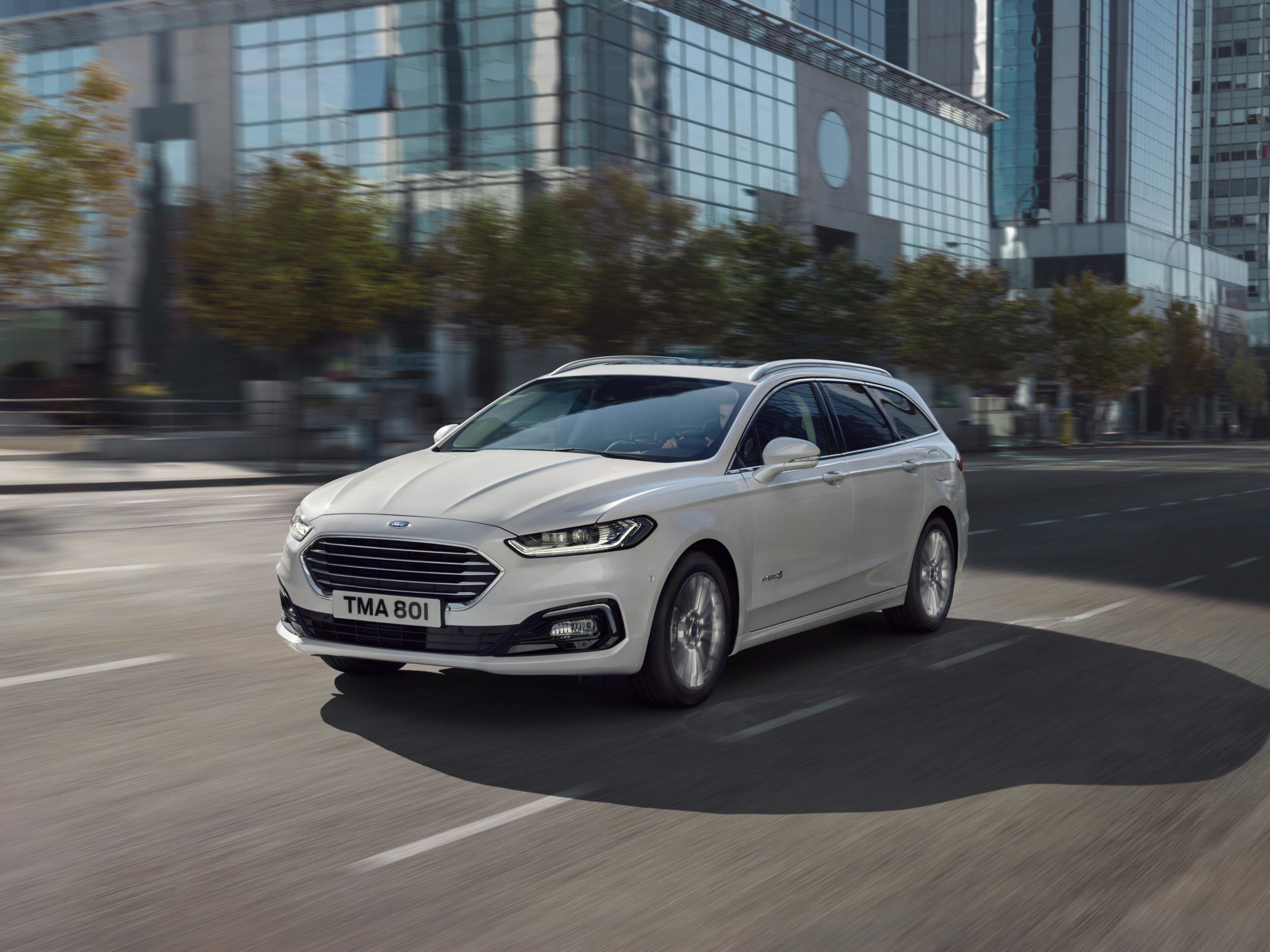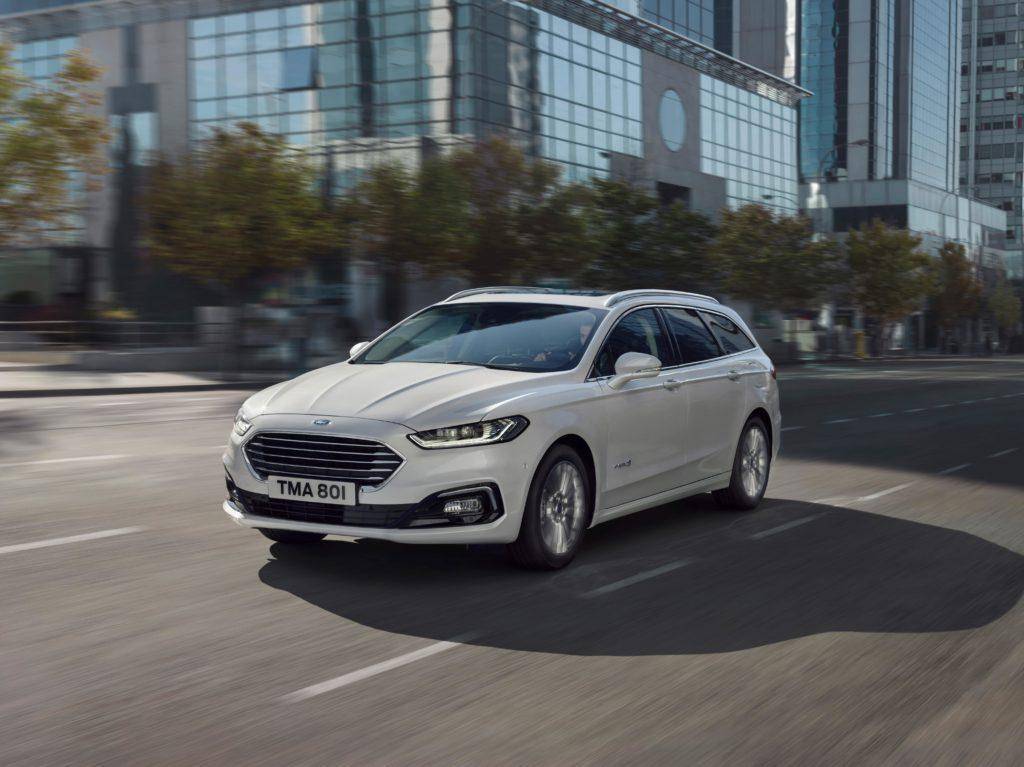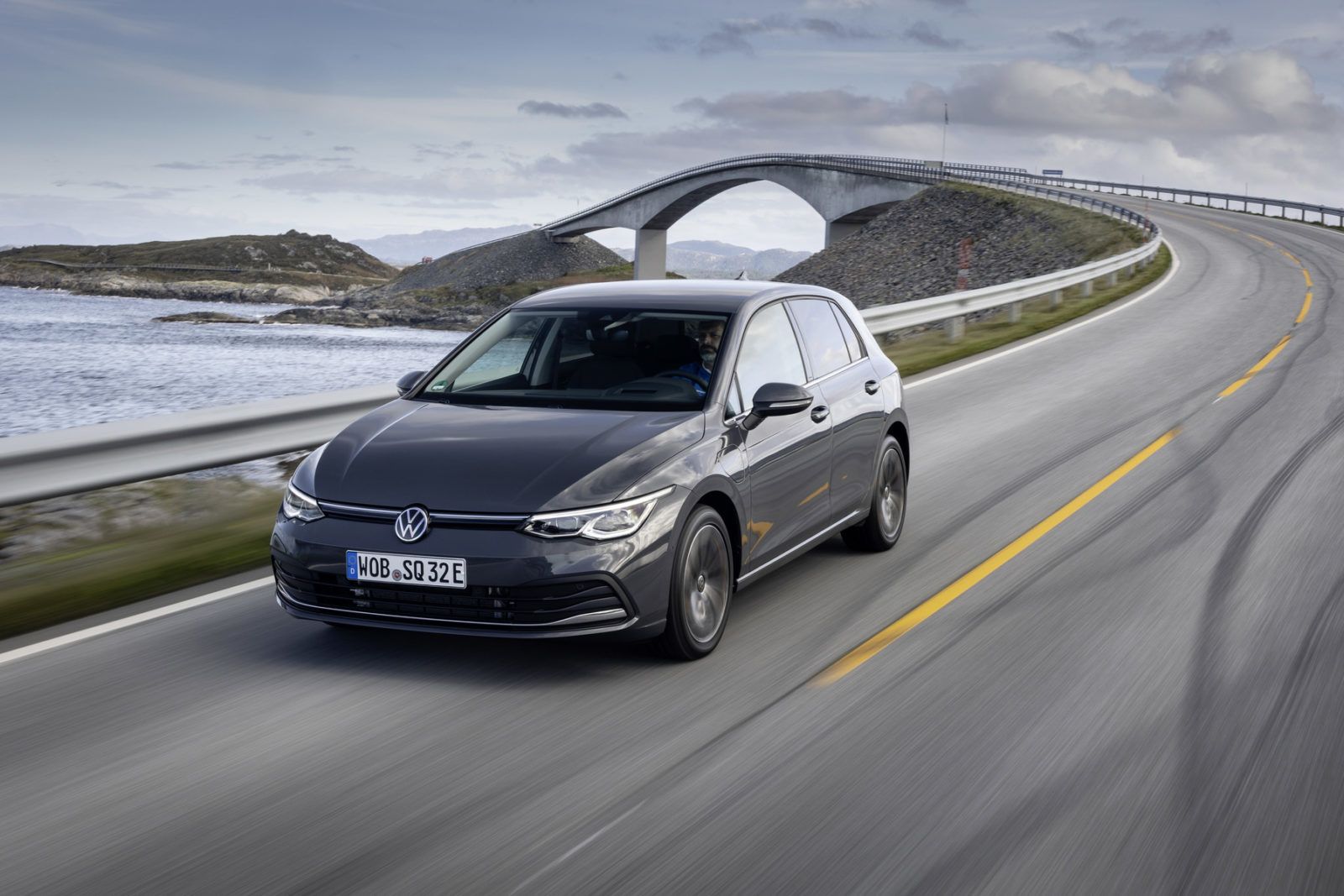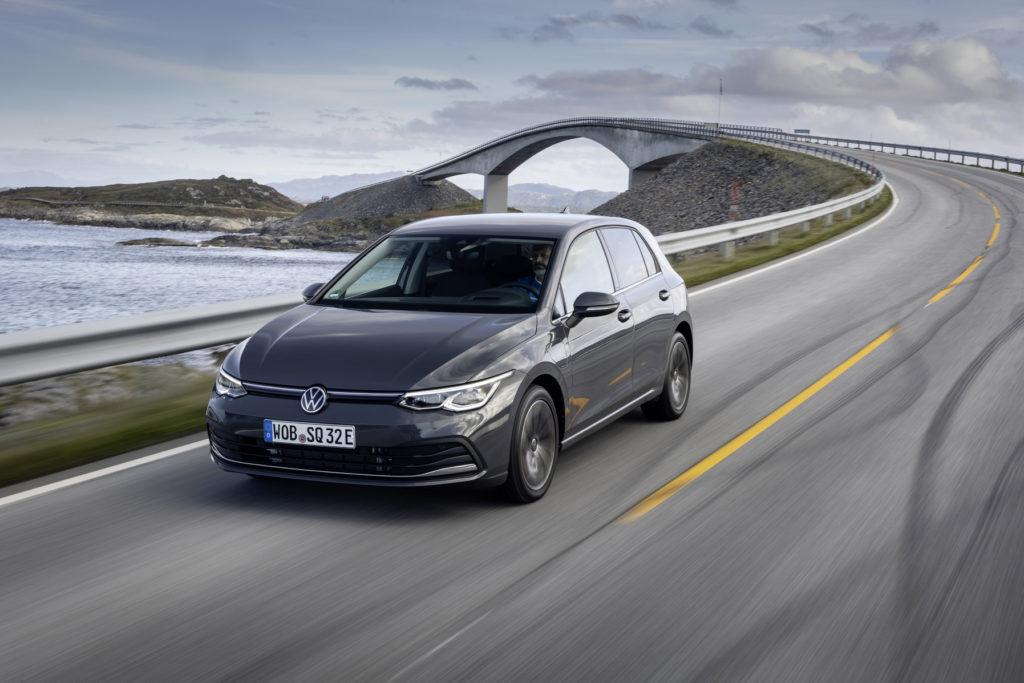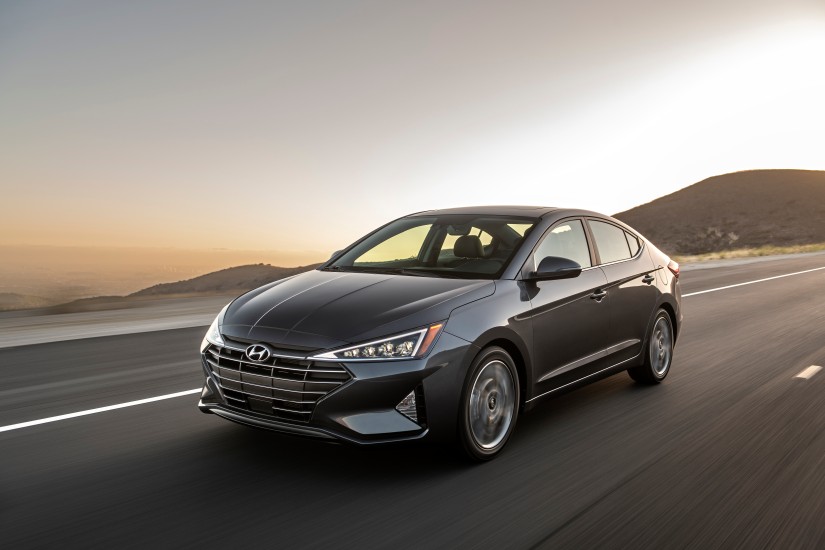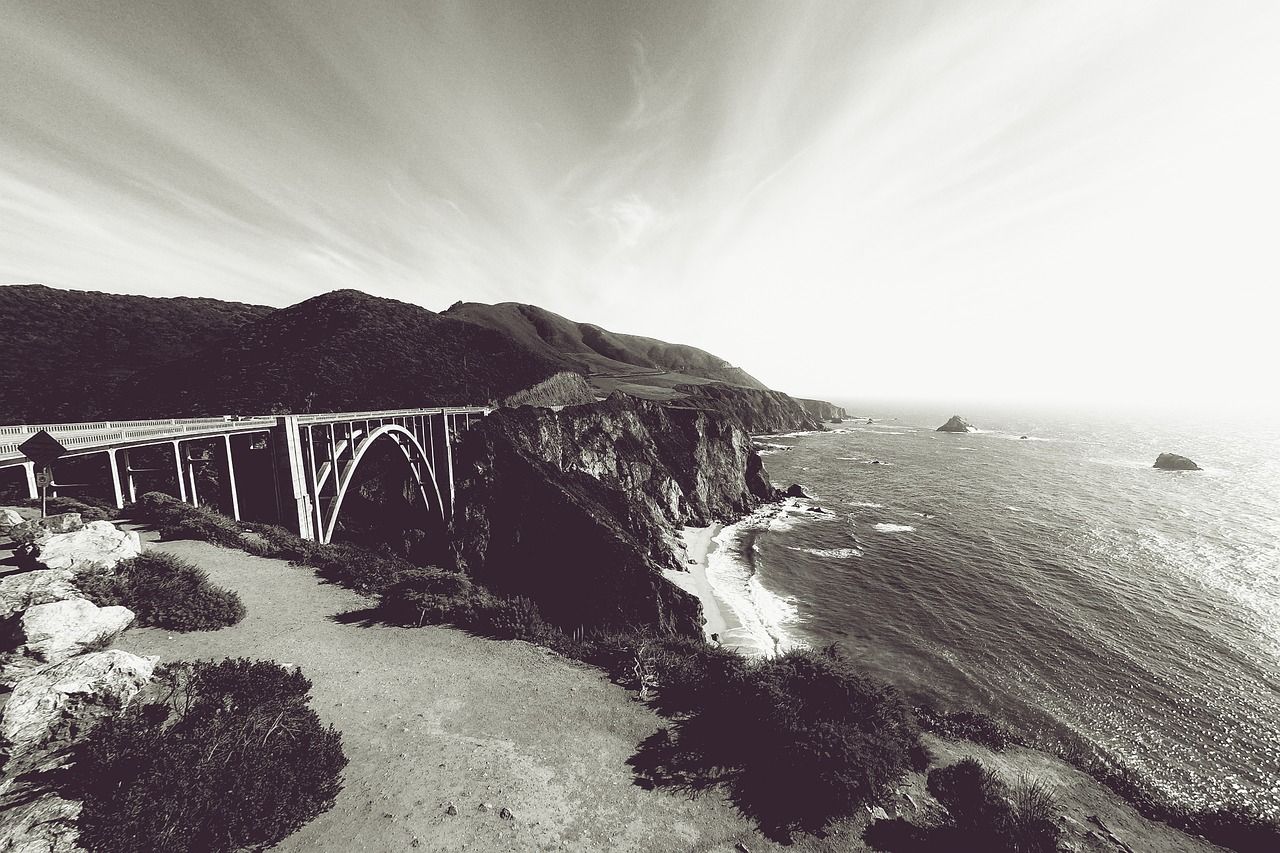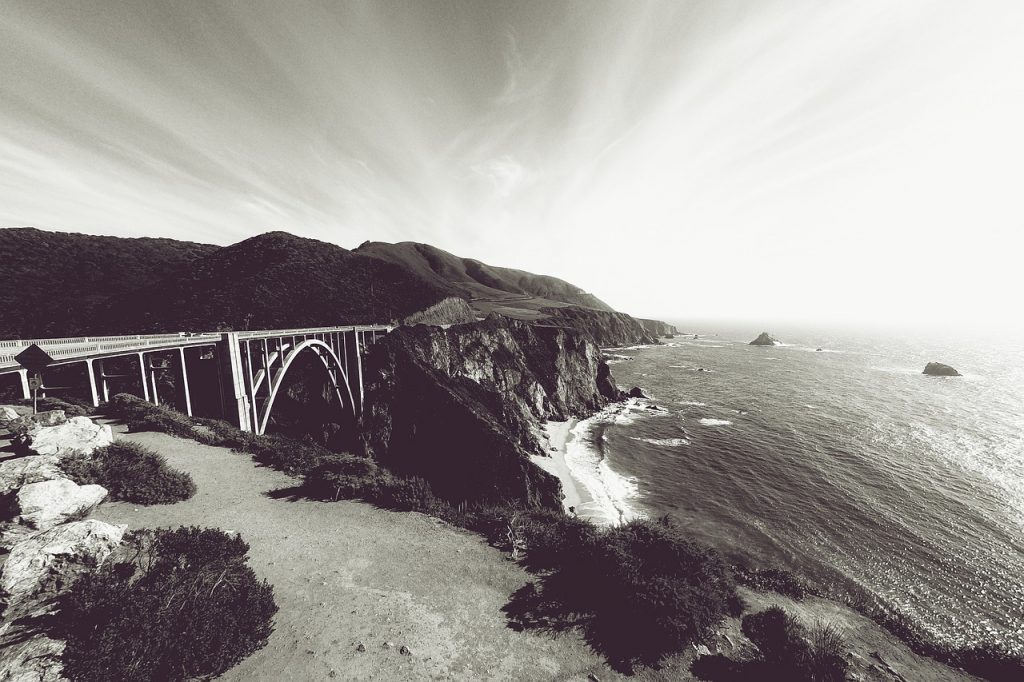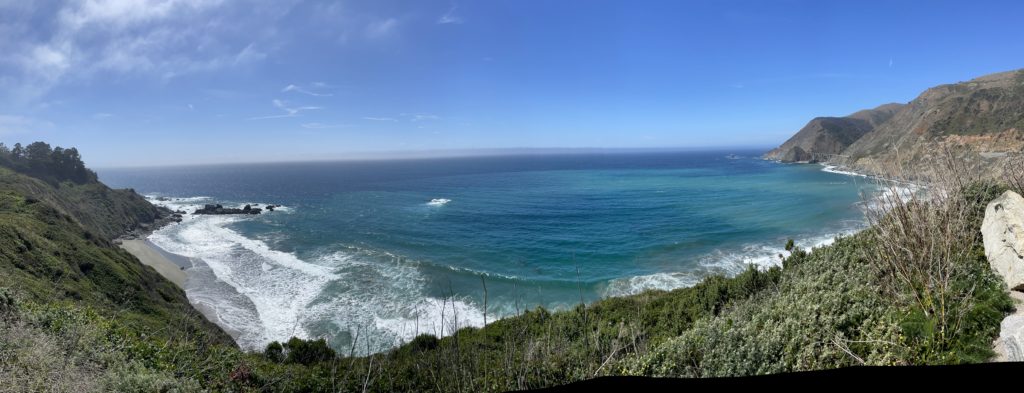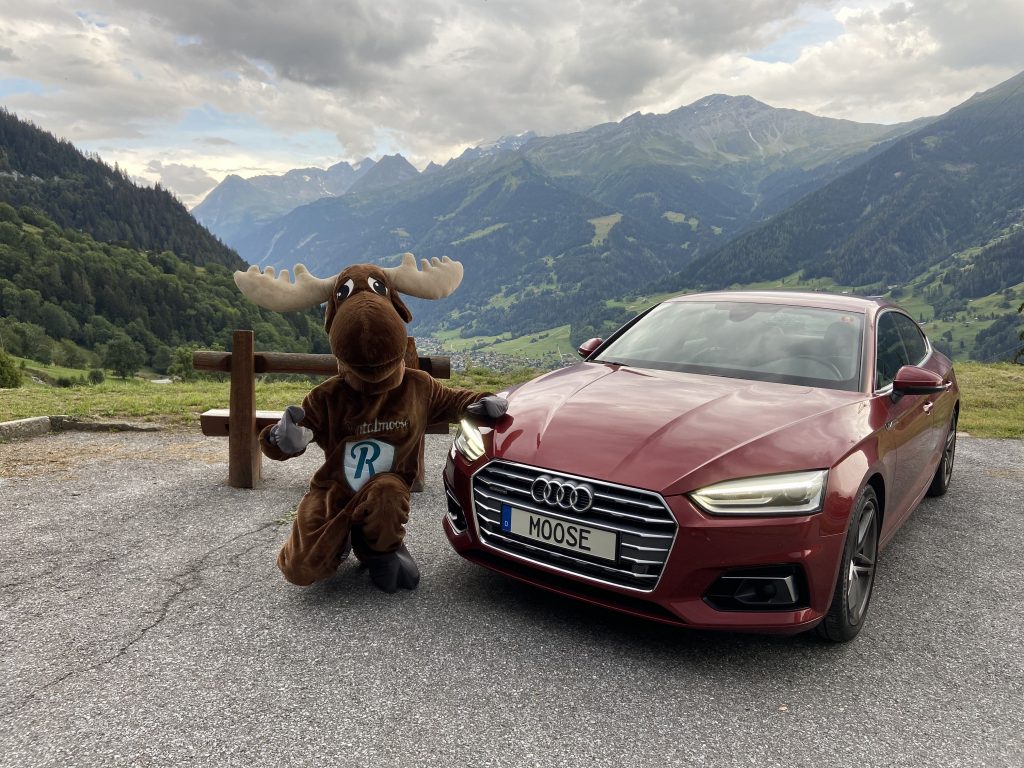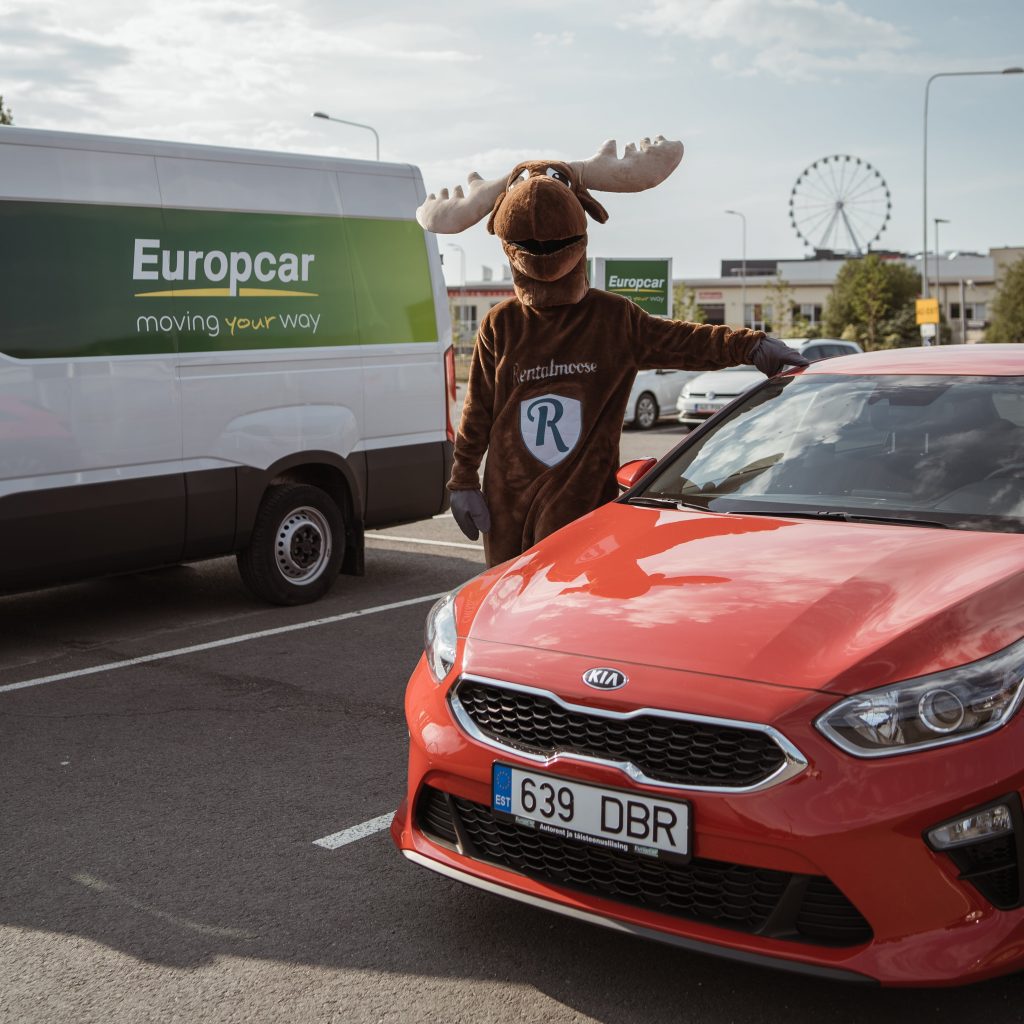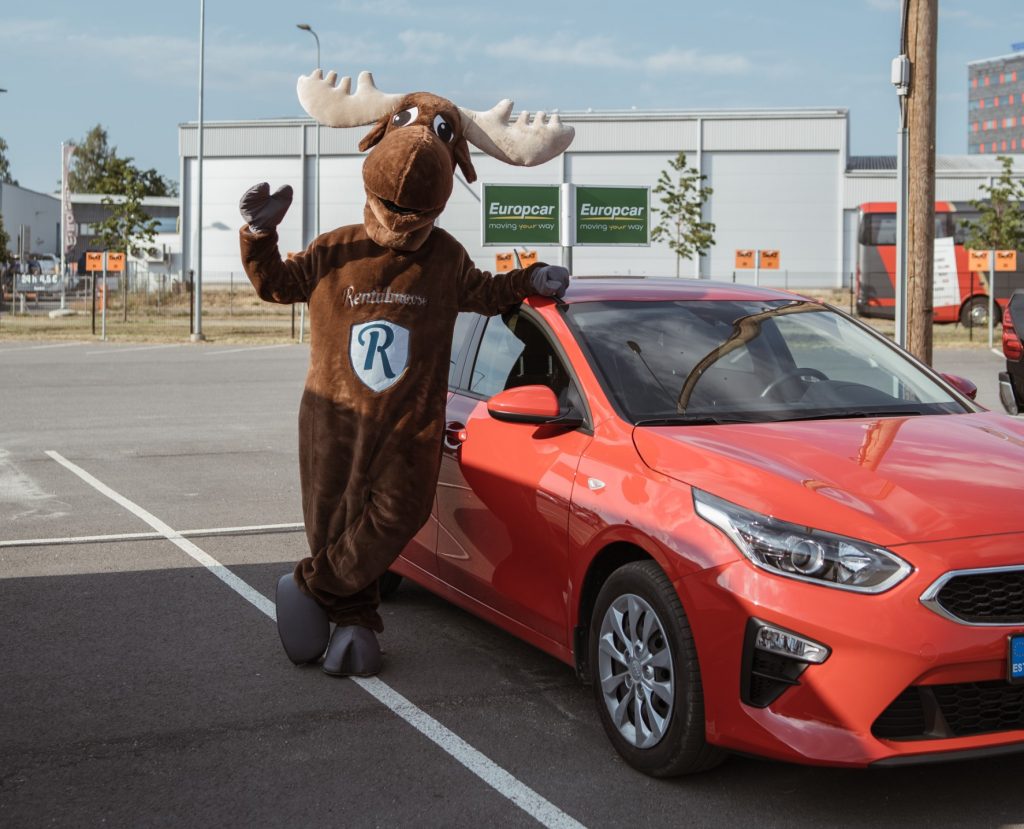All 67 Countries That Drive On The Left
At first sight, you may think that only a handful of countries drive on the left-hand side of the road. It may surprise you to hear that there are over 60 countries that drive on the left! That’s roughly a third of all countries in the world!
It’s crucial to know what side of the road to drive on, especially if you’re visiting a country for the first time. Driving “on the wrong side of the road” may seem a little scary at first but you should be able to get the hang of it fairly quickly.
A quick tip: If you’ve never driven on the left side of the road before, you may want to get an automatic instead of a manual car.
These countries are scattered all across the planet.
Why Do Some Countries Even Drive On The Left?
First of all, let’s understand why nearly a third of all countries in the world drive on the left side of the road. It’s time for a quick history lesson.
Let’s go back a few hundred years, way before cars were even a thing and people used horses as a primary source of transportation. Back then, horse riders in the UK would ride on the left-hand side of the road. This meant that their right hand was unobstructed. That way, they could easily access their swords and always had a free hand to greet passersby.
In America, on the other hand, a wagon led by two horses was a very popular setup. Riders would sit on the horse on the left-hand side, leaving their right hand free to whip the other horse when necessary. As the wagon was usually pulled by two horses, riding on the right-hand side of the road provided better visibility.
The trends carried over when people started switching from horse-drawn carriages to cars. As a result, most countries influenced by the UK still drive on the left-hand side of the road to this day. Roughly 70% of the world drives on the right.
Without further ado, let’s jump into the list of countries!

African Countries That Drive On The Left
A total of 15 countries in Africa have traffic on the left side of the road. These include the well-known tourist hotspots, such as Mauritius, Seychelles, Tanzania, Kenya, and South Africa. Keep this in mind when renting a car there.
- Botswana
- Kenya
- Lesotho
- Malawi
- Mauritius
- Mozambique
- Namibia
- South Africa
- Swaziland
- Tanzania
- Uganda
- Saint Helena
- Seychelles
- Zambia
- Zimbabwe
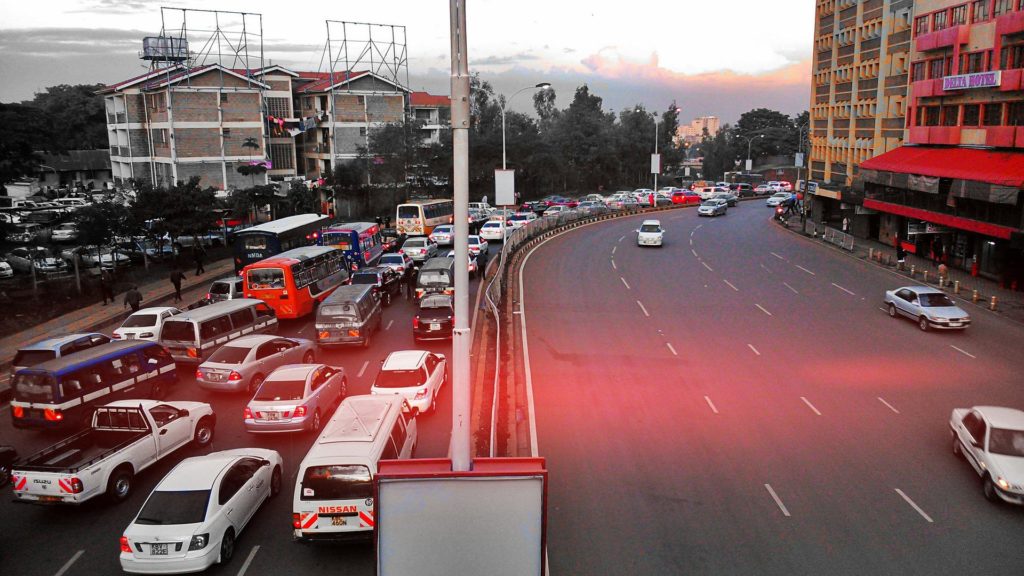

American Countries That Drive On The Left
As previously mentioned, there aren’t any countries that drive on the left in North America. However, the same cannot be said about the Caribbean. In fact, 19 countries in Central and South America drive on the left side of the road. You may be surprised to hear that this includes the US Virgin Islands!
- Anguilla
- Antigua and Barbuda
- Bahamas
- Barbados
- Bermuda
- Cayman Islands
- Dominica
- Falkland Islands
- Grenada
- Guyana and Suriname
- Jamaica
- Montserrat
- Saint Kitts and Nevis
- St Lucia
- Saint Vincent and the Grenadines
- Trinidad and Tobago
- Turks and Caicos Islands
- British Virgin Island
- US Virgin Islands


Asian Countries With Left-Hand Traffic
15 countries in Asia drive on the left side of the road. If you’re planning to go to Bali, drive across Malaysia, rent a car in Singapore, or any of the other countries listed below, be ready to drive on the left. The traffic culture may seem a little chaotic in some Asian countries!
- Bangladesh
- Bhutan
- Brunei
- East Timor
- Hong Kong
- India
- Indonesia
- Japan
- Malaysia
- Maldives
- Nepal
- Pakistan
- Singapore
- Sri Lanka
- Thailand
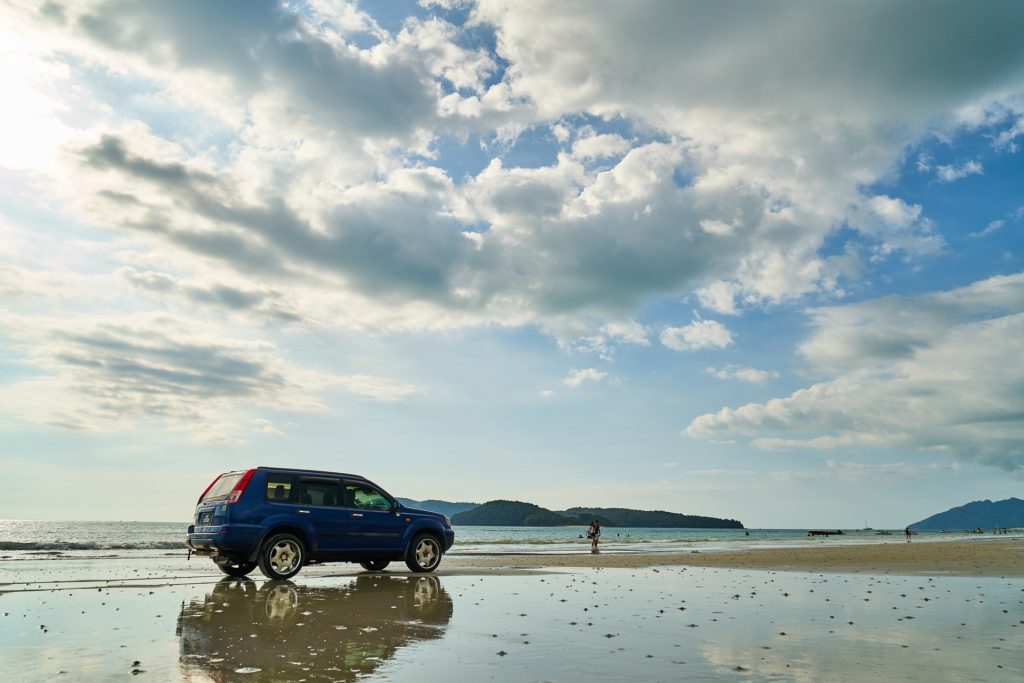

European Countries That Drive On The Left
4 European countries have traffic on the left-hand side of the road. Europe is the continent with the fewest amount of countries with left-hand side traffic. Aside from Antarctica and North America that don’t have any, that is.
- Great Britain
- Cyprus
- Ireland
- Malta


Countries In Oceania That Drive On The Left
Last, but certainly not least, is Oceania. Most travelers know that Australia and New Zealand both drive on the left. However, a whopping 14 countries on this continent drive on the left-hand side of the road.
- Australia
- Cook Islands
- Fiji
- Kiribati
- New Zealand
- Nauru
- Niue
- Norfolk Island
- Papua New Guinea
- Pitcairn Islands
- Solomon Islands
- Tokelau
- Tonga
- Tuvalu
Bonus- Rent A Car In Any Country
Use Rentalmoose the next time you book a rental car anywhere in the world. Our platform serves over 15 000 locations worldwide. We only offer rental cars from trusted, verified suppliers. You’ll find LHD and RHD cars, depending on your desired destination.
Rentalmoose is working towards a better tomorrow. We plant a tree for every booking made with our website. You can use our GoGreen filters to only look for eco-friendly electric cars, hybrids, and PHEVs.















